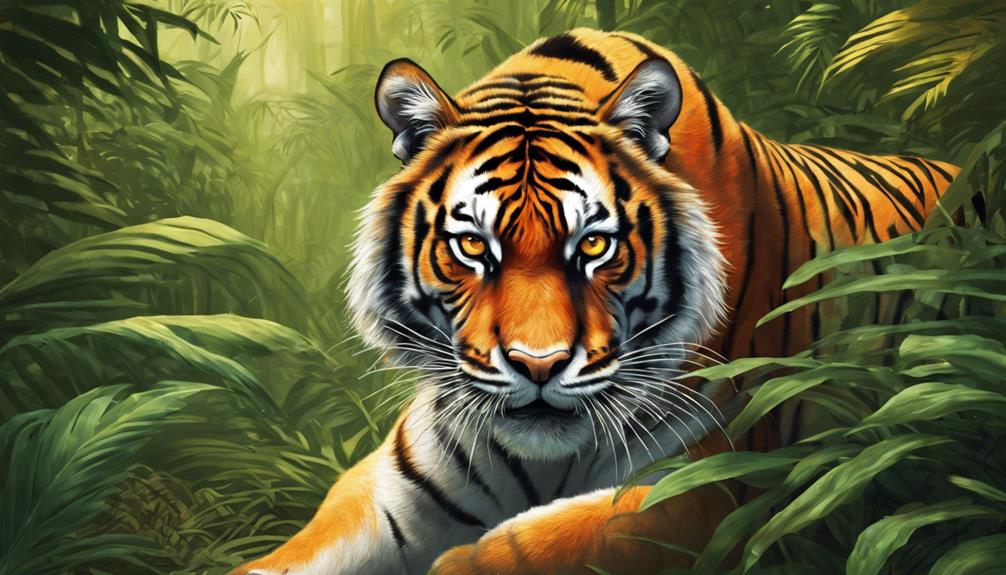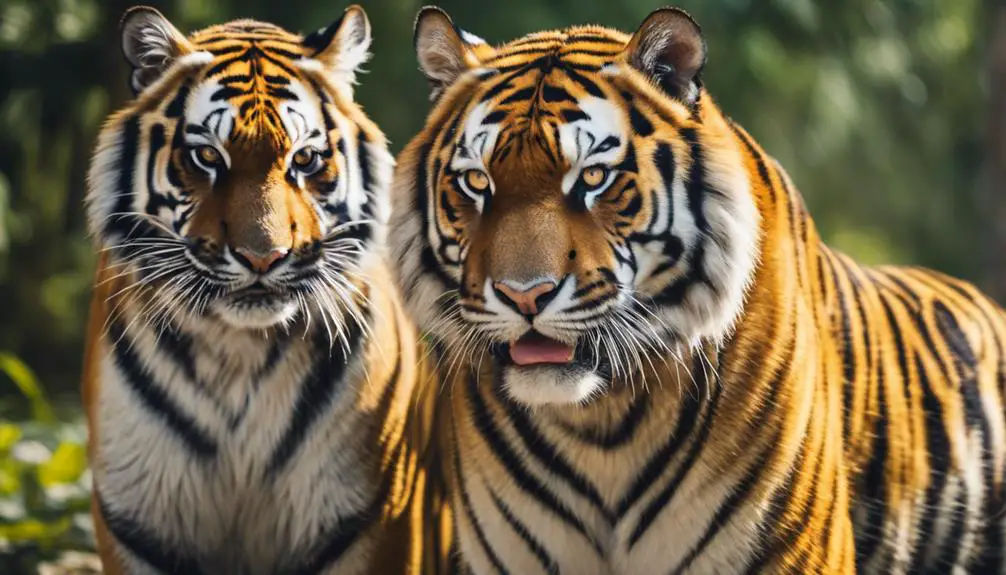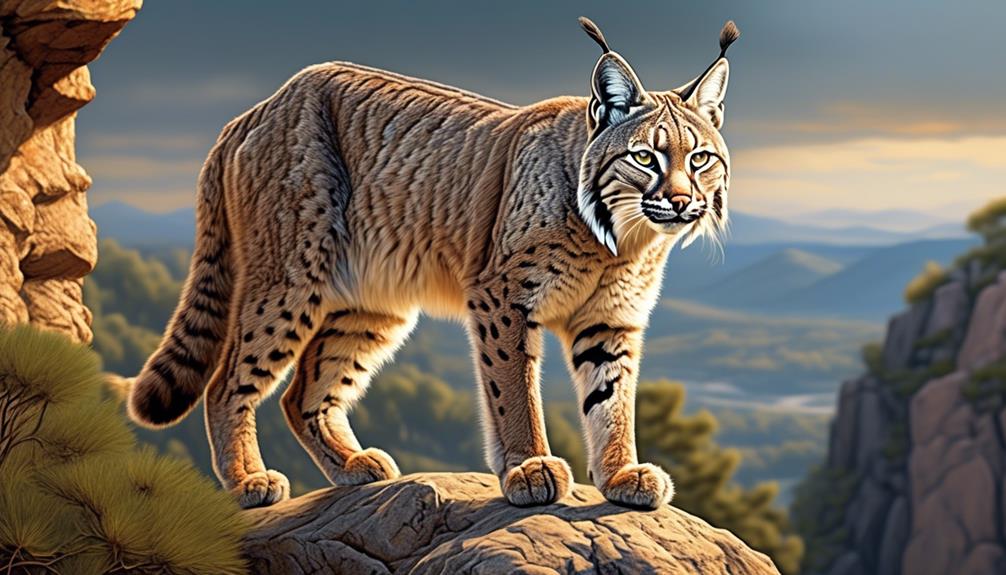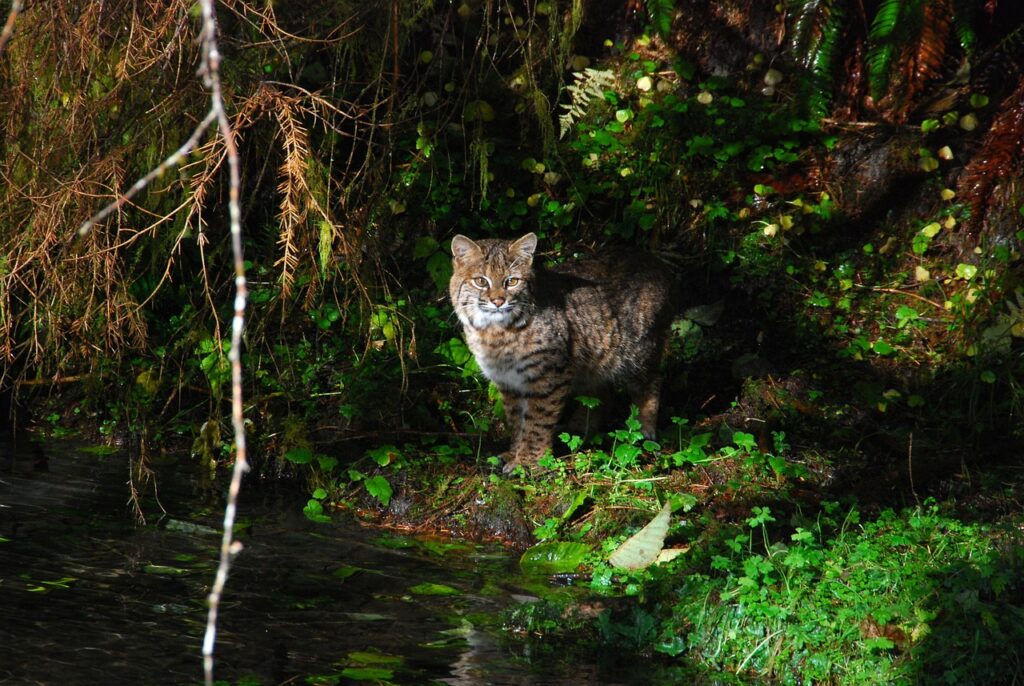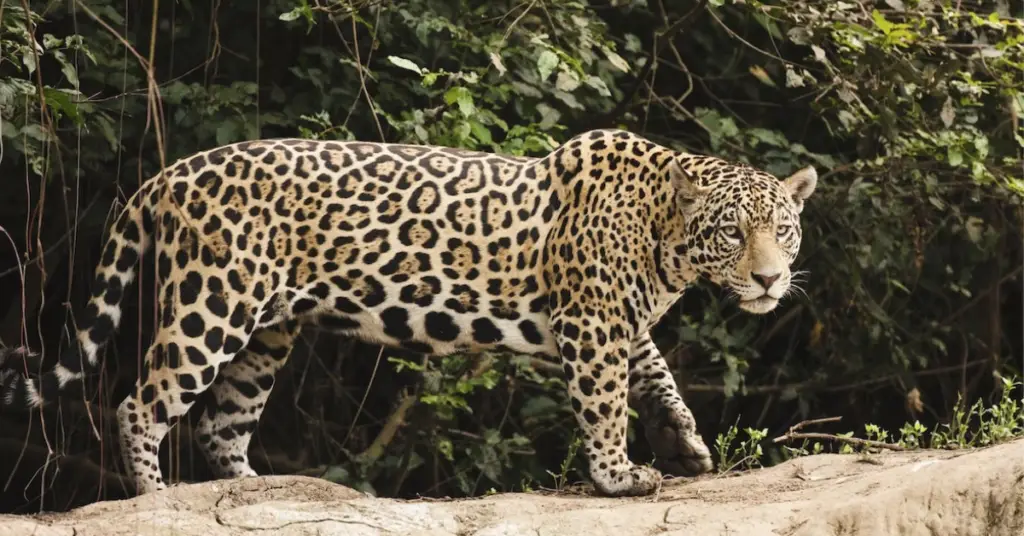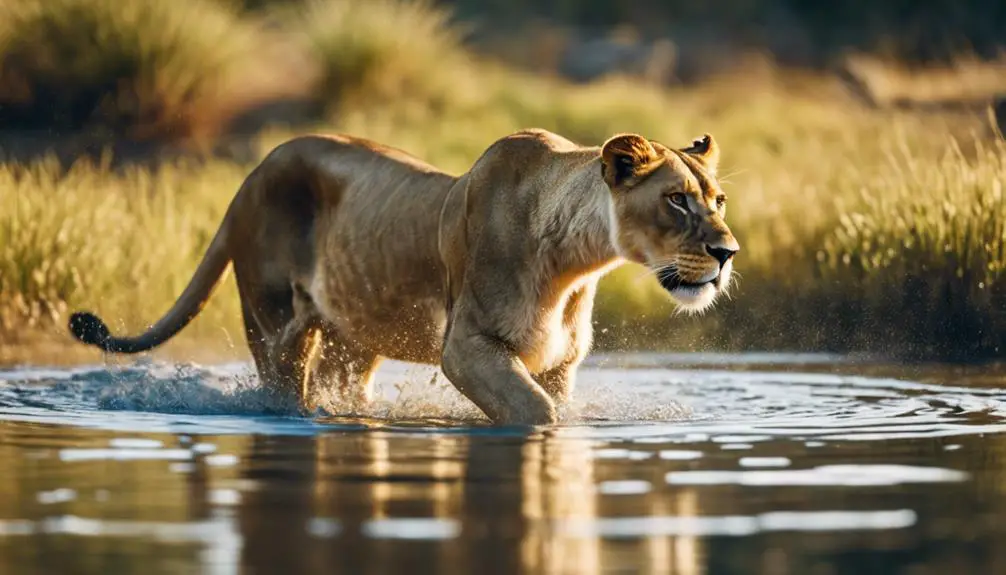What Is a Female Tiger Called? (Answered & Explained)
Uncover the enigmatic identity of a female tiger in the wild, sparking curiosity and revealing intriguing secrets waiting to be unraveled.
What Is a Female Tiger Called? (Answered & Explained) Read More »

